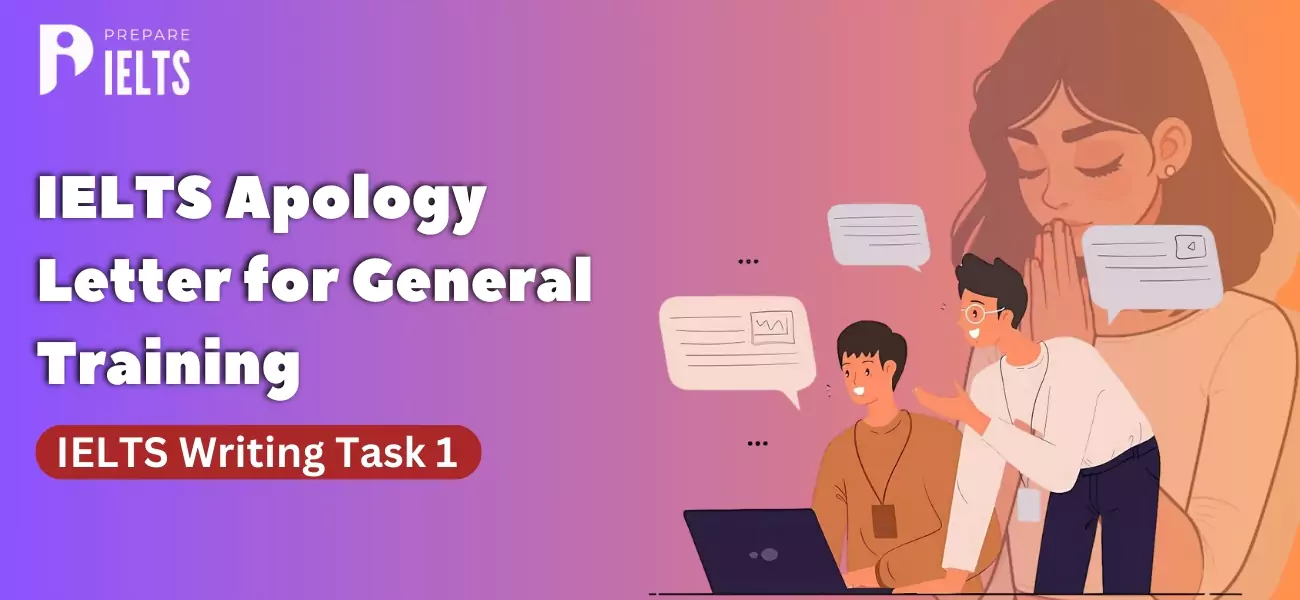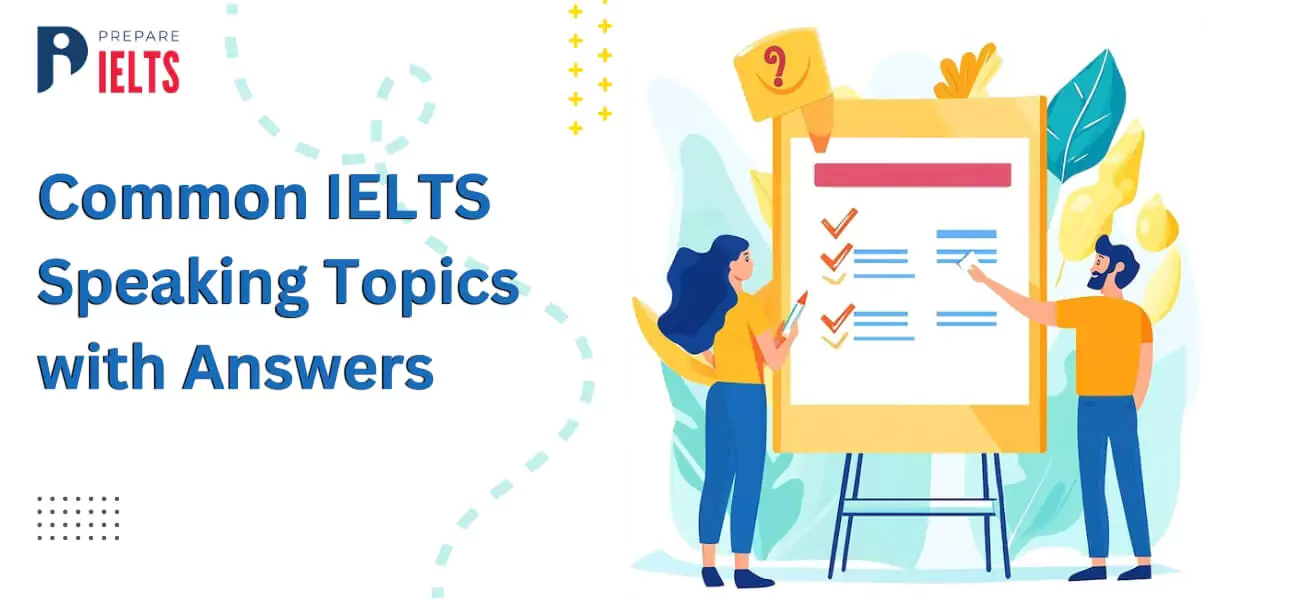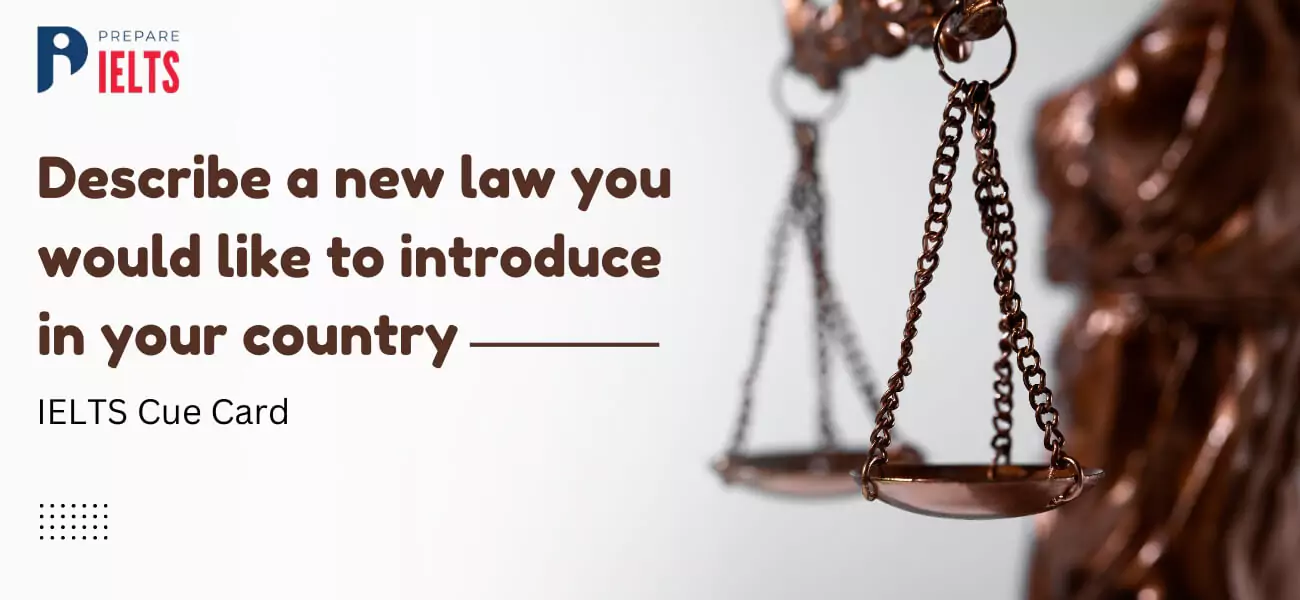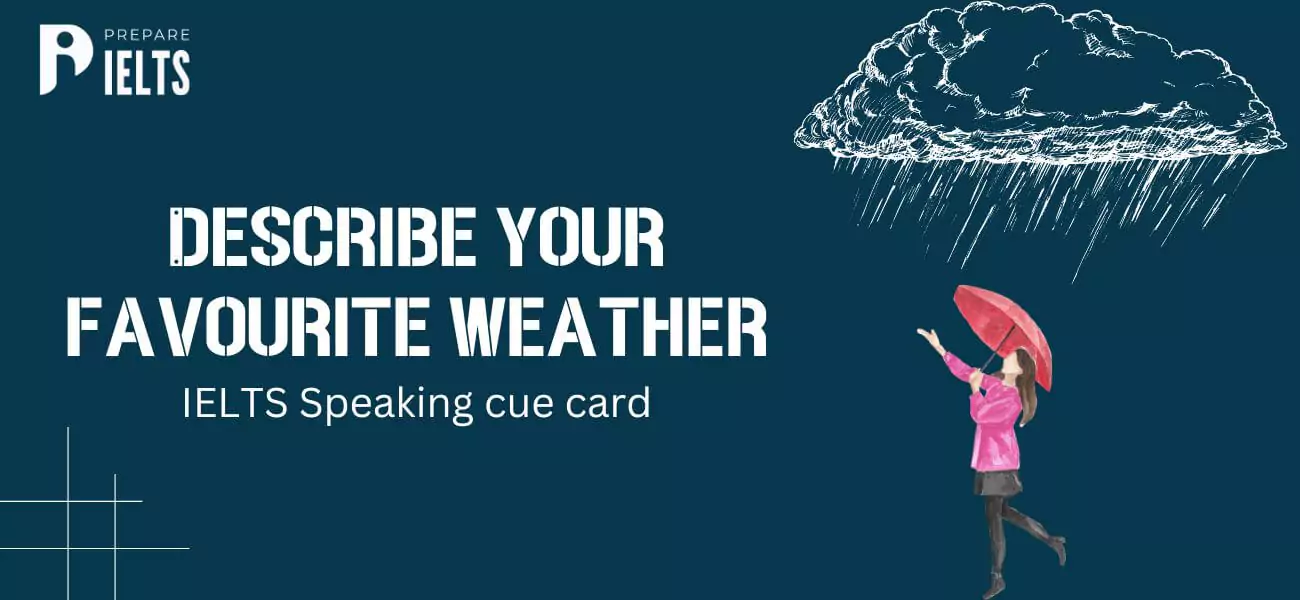
Overview
IELTS Writing Task 1 frequently asks students to describe maps or charts. This is an important subject that should not be underestimated. Since Task 1 typically has a limited time, you should prepare for the deadline and carefully follow the instructions.
This blog has covered the IELTS map vocabulary, IELTS Academic Writing Task 1 maps, IELTS Writing Task 1, and more. Read the blog carefully to learn more.
What is IELTS Map Task 1?
The IELTS writing section comprises of two tasks: Task 1 and Task 2. Task 1 presents data visually as a table, chart, or graph. A map is one type of visual information. The response has a word restriction of 150 words and 20 minutes to complete.
Three categories of map questions exist:
-
The first could be explaining a map in the modern era.
-
The second could be explaining the same map in the present and future.
-
The third could be explaining the same map in both the past and the present.
Reasons to Learn IELTS Map Vocabulary
It's crucial to master vocabulary for the map in IELTS Writing Task 1, and the reasons are as follows:
-
Gives clarity to your response: Writing about maps with the appropriate IELTS vocabulary will produce a more organised and thorough response. Therefore, making sure your writing makes sense as it moves from one point to the next will be easier if you use precise terminology to convey geographical characteristics.
-
Assists in meeting scoring requirements: One of the marking factors for IELTS writing, which makes up 25% of our writing band score, is vocabulary, also known as IELTS Lexical Resources. Your band score will drop if you use words and phrases repeatedly in your IELTS Academic Writing Task 1 response. Therefore, mastering the vocabulary for the IELTS Task 1 map is essential if you want to score well.
-
Makes describing easier: Learning the language from the IELTS map facilitates the provision of more intricate and detailed explanations. You can raise your writing standard and IELTS band score by using precise language to convey information about locations, landmarks, directions, and spatial layouts.
Register Now, for a free Mock test - Join Today!
IELTS Writing Task 1 Map Vocabulary
As we discussed above reasons to learn map vocabulary now, let's examine terms and expressions students can use in IELTS map task 1:
a. Terms related to the Area
-
Some nouns, such as width, height, depth, and length, and adjectives, like high, long, deep, and wide, are used for size and area.
-
The width of the community hall is more than 120 meters.
-
The depth of the pond is less than 7 meters.
-
The height of the building is more than 1500 meters.
b. Terms related to the city
-
Roundabout: The party took a roundabout route overland.
-
Grid Plan: the city is built according to the grid plan.
-
Roadside: She sat down by the roadside to get her picture clicked.
c. Introduction of the Map
1. Shows
-
This map clearly demonstrates that the cyclone is going to the northeast part of the city.
2. According to
-
According to the map, the hospital was constructed last week.
3. Provides details of
-
The map provides details of the structure of the school.
4. Gives information about
-
The map gives information about the new hospital opening in the city.
5. Illustrates
-
The map is illustrated in monotonous colours.
6. Demonstrates
-
The accident-prone areas are shown on the map in grey.
d. Movements
1. Go Up
-
The path going up to the back door is very muddy.
2. Increase
-
The population continues to increase.
3. Peak
-
It took them six days to reach the peak to reach the mountain top.
4. Jump
-
The circus lion jumped through the hoop.
5. Rise
-
The sun rises from the east.
6. Come Down
-
Mother ask their kids to come down from the swings.
e. Description
1. Estimated
-
It is estimated that the cost of the precious stone will be high.
2. Gradually
-
An iceberg gradually gets smaller, and eventually, it melts away completely.
3. Rapidly
-
Industrial growth is taking place rapidly.
4. Further
-
To get further details of our company, you can visit our website.
5. Makeup
-
He made up some excuse about his daughter being sick
6. Per week
-
Some newspaper company charges fees per week.
f. Map Location
1. Situated
-
My house is situated near the park.
2. Located.
-
Finally, I was able to locate the cafe.
3. Northeast
-
My office is in the northeast corner of the building.
4. Southeast
-
A mountain range is in the southeast of the country.
5. East
-
The wind blew from the east.
6. West
-
The sunset in the west.
7. South
-
The South of India is as beautiful as the North.
g. Verbs Explaining Map
-
Build: 3 new hospitals will be built in the coming 5 months.
-
Construct: A new mall will be constructed in the city centre.
-
Extend: The seasonal clothing market is extended more.
-
Expand: The government is expanding the roads so traffic can move easily.
-
Remove: The men came to remove the rubbish from the backyard.
h. Conclusion
1. Was Reported
-
The crime was reported yesterday.
2. On the other hand
-
It seems like a great dam, but it’s going to displace a lot of residents.
3. To summarise
-
She began to summarise the salient features/points of the proposal.
4. Was noted
-
The detective noted the details of the witness's account of the robbery.
5. Overall
-
Overall, the sale was a success.
6. In total
-
In total, we have given a huge amount to the event managers.
IELTS Grammar for Vocabulary Map
It is equally vital to become familiar with IELTS grammar as part of the IELTS map vocabulary because it is evaluated based on grammatical range and accuracy criteria. Thus, see which grammatical form is most commonly used when describing map features.
Present passive
Overall, the Bristol region has some noticeable differences, especially regarding the recently constructed park and mall.
Future passive
When finished, the town map will mark newly constructed tourist attractions.
Perfect passive
The old school site has been converted into a resort with various contemporary amenities, as shown on the second map.
Types of IELTS Academic Writing Task 1 Maps Question
In IELTS Writing Task 1, "Depicting a Map," you must spend at least twenty minutes describing and commenting on a supplied map in English, using a minimum of 150 words. Many IELTS applicants hesitate when faced with this kind of Writing Task 1 question on the test since it is thought to be highly challenging and requires various abilities. However, if you know your stuff and are well-prepared, this question can be fascinating and captivating.
Before developing the IELTS Writing Task 1 map question types strategy, let's examine the various map types. Currently, two different kinds of map descriptions are needed: Single Maps (or maps that don't change over time) and Multiple Maps (or maps that change over time). The second kind is less prevalent than the first.
Type 1: Time-invariant map
A single map that describes a place, area, or region without changing over time makes up this assignment. You are responsible for evaluating two places, S1 and S2, based on factors like topography, climate, population, infrastructure, and so on, to determine the best locations for buildings such as cafes, schools, and other businesses.
Type 2: Time-based map
The assignment will include two or more maps and ask you to identify how a city, structure, or particular area has changed. Your task is to locate and characterise the variations or trends, progress or regress, between the regions on the map across various time intervals, including past-present, present-future, and past-past.
Tips to Use IELTS Vocabulary Map
The task requires you to identify the evolution of a city, structure, or particular location throughout time using two or more maps. You are to locate and characterise the variations or trends, progress or regress, among the map's regions throughout various time intervals, including past-present, past-past, and present-future.
-
Study Sample Solutions: Review sample answers from IELTS Academic Writing Task 1 practice exams that contain IELTS map vocabulary to understand better how to use it. Look for reoccurring themes and techniques in the language and structure of these responses.
-
Examine Accuracy: Verify that you're using appropriate and accurate vocabulary while discussing maps. Your score could drop if you misuse words or utilise them out of context. Take some time to confirm that the vocabulary you have chosen is accurate.
-
Learn Synonyms and Alternatives: Review the synonyms and variations of commonly used IELTS map terminology to expand your word bank. This allows you to present the same idea in various ways, which can improve the depth and variety of your response to IELTS Writing Task 1.
-
Practice Explaining Maps: To improve your IELTS score, practice explaining maps and diagrams using collocations for directions. This could involve giving directions, contrasting maps, or describing how something has evolved. You'll become more comfortable using map vocabulary effectively as you practice more.
-
Learn the vocabulary for maps on the IELTS: Familiarise yourself with the terms used in maps, such as landmarks, directions, and spatial relationships, to ensure accuracy and coherence.
Conclusion
To conclude, knowing the vocabulary from Task Map 1 makes the exam's writing portion easy to complete. The simplest way to accomplish this is to practice the map questions from prior years.
If you want to know more about the IELTS or want to prepare for IELTS, we recommend you sign up for our IELTS courses designed by our experts. Please contact Prepare IELTS Exam (PI) expert counsellors if you need further guidance. Our team of education experts is dedicated to assisting you in the best possible way for the IELTS exam. You can also get a one-on-one counselling session online via our platform. Register for free now. Contact us at info@prepareieltsexam.com or call us at +91 9773398388.
FAQs
To improve your vocabulary for IELTS map problem 1, you can study common words connected to maps, practice using map-related terms to describe maps, and review sample responses that effectively use map terminology.
Yes, IELTS map vocabulary can be acquired through mind maps since they provide a visually structured framework for recognising and reiterating key terminology.
The set of words and combinations required to explain a map is known as map vocabulary (a visual representation)
In IELTS Writing Task 1, you can effectively utilise your map vocabulary by utilising precise terminology to depict characteristics, modifications, and locations on the map. Use clear, detailed language when communicating information to ensure it is understood.
Yes, you can add diversity to your writing by employing synonyms. It is important to ensure that the synonyms you select accurately convey the same meaning as the original terms in your vocabulary map.
Latest Blogs
-

IELTS Score for Canada: Minimum IELTS Requirement for Canada 2025
2024-09-27 18:24:14
-

IELTS Apology Letter for General Training: IELTS Writing Task 1
2024-09-25 16:38:03
-

Minimum IELTS Score for Australia: Student Visas, Universities, and PR in Australia
2024-09-23 18:09:51
-

Common IELTS Speaking Topics with Answers
2024-09-20 18:21:56
-

Describe a foreign culture that you like: IELTS speaking cue card
2024-09-18 16:14:11
-

Describe a Rainy Day IELTS Speaking cue card
2024-09-18 11:11:32
-

Describe a new law you would like to introduce in your country IELTS cue card
2024-09-13 17:17:46
-

Describe your favourite weather: IELTS cue card
2024-09-11 18:01:28
-

Describe an enjoyable journey by public transport: IELTS cue card
2024-09-09 18:05:45
-

Step-by-Step Guide to IELTS Registration in India for the Year 2024 & 2025
2024-09-07 12:59:51


